Eastern Europe expert explains why he doesn’t think Putin has decided yet on invading Ukraine
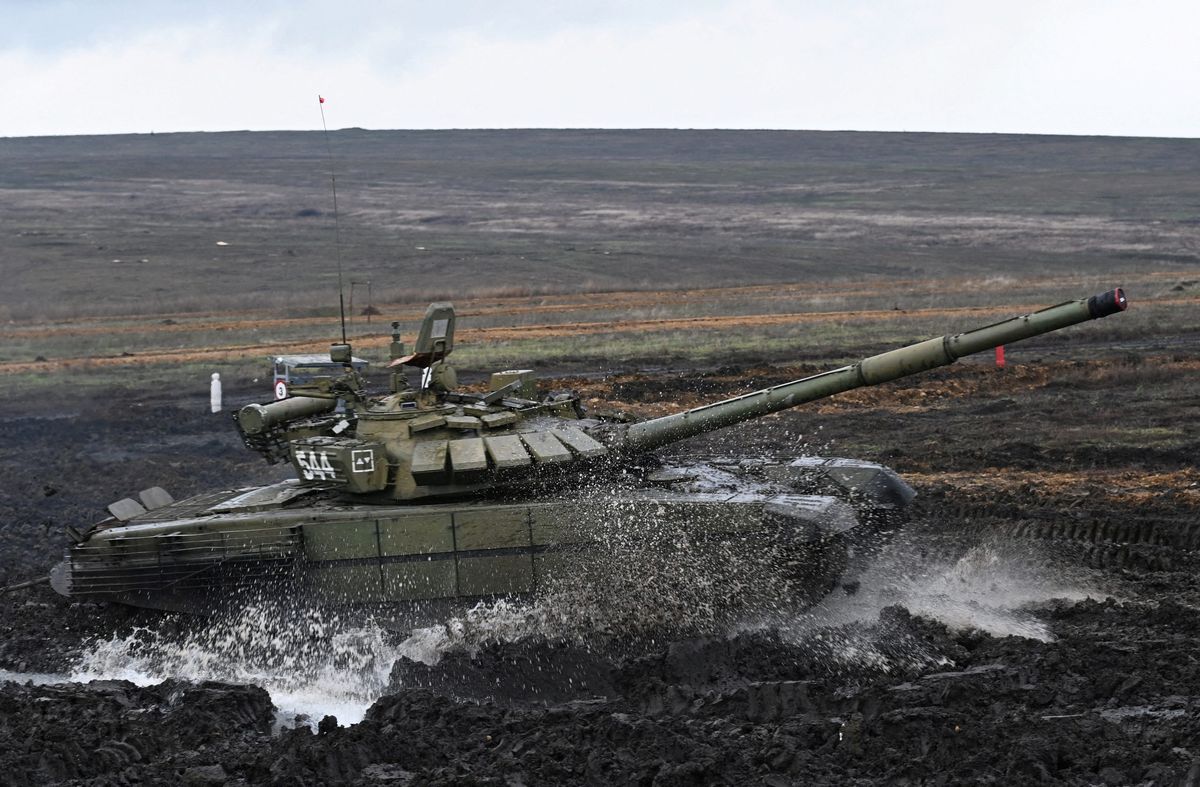
A few minutes every morning is all you need.
Stay up to date on the world's Headlines and Human Stories. It's fun, it's factual, it's fluff-free.
Tensions have been high between the two nations since 2014 when Russia invaded eastern Ukraine. Today, there is a shaky ceasefire in place.
What’s happening in Ukraine?
- Russia has positioned around 100,000 of its troops at the Russian-Ukrainian border, many of which have been moved there over the past year.
- This has many experts worried that Russia could be looking to invade Ukraine, only eight years after the Russian invasion and annexation of Crimea.
- The West has responded strongly, with President Joe Biden saying in early December that if Russia invaded Ukraine, there would be “economic consequences like none he’s ever seen."
- But Biden also made it clear that he has no plans to send American troops to defend Ukraine. Instead, he said he would send troops to other The North Atlantic Treaty Organization (NATO) member countries that border Russia.
- So now, American officials are negotiating with Russian officials to see if an agreement can be met that would leave Ukraine untouched by Russia.
Why does Russia want to invade Ukraine?
- Tensions have been high between the two nations since 2014 when Russia invaded eastern Ukraine. Today, there is a shaky ceasefire in place.
- Even though the troop buildup at the border has the West concerned, Russia has said that it doesn’t plan to invade and that the troops stationed at the border are there for self-defense.
- But according to Pavel Slunkin, a visiting fellow at the European Council on Foreign Relations, Russian President Vladimir Putin’s desire to invade Ukraine likely runs a bit deeper than that.
- “Russia feels itself as a continuation of the USSR,” he said, “And this is like Putin’s dream or Putin’s goal, to make Russia as powerful as the USSR was.”
- For Putin, “during the collapse of the Soviet Union, which he calls the biggest tragedy in the 20th century, they created these independent states. And in his eyes, they shouldn’t be independent states; they should be together with the Russian state.”
What does NATO have to do with all of this?
- NATO is a big part of this whole discussion largely because the NATO founding treaty says that member nations can treat a military attack on one of them as a military attack on all of them. Simply put, if a NATO member nation gets attacked, other NATO members will defend that nation.
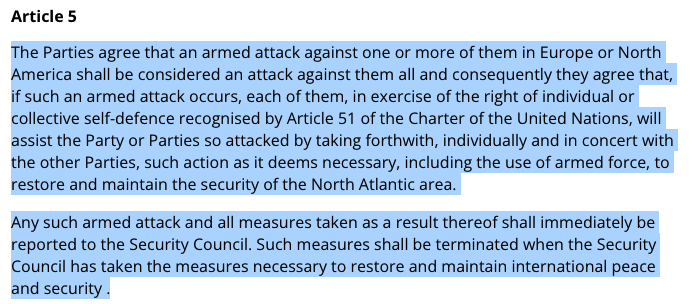
- But Ukraine isn’t a NATO member, even though some nearby countries are. This is because to be admitted into NATO, a nation needs to show its commitment “to safeguard the freedom, common heritage and civilisation of their peoples, founded on the principles of democracy, individual liberty and the rule of law" – something that some members say Ukraine has yet to do.
- According to Slunkin, part of Russia’s reason for moving so aggressively near Ukraine right now is fear that if it leaves Ukraine alone, at some point down the road, if there’s a chance, it might be admitted into NATO.
- “Now, when he moves his military forces to the border, he sends the signal that ‘This is my red line. I am ready to do anything to not allow you to integrate Ukraine into NATO.’”
- So, NATO’s position on Ukraine has been a massive part of these recent negotiations. Russia demands that Ukraine be barred from entering NATO and for a limit to be placed the number of troops and weapons sent to NATO’s eastern flank.
- But most members in NATO have said that this is a nonstarter because, if they agree, it will violate NATO’s “open door” policy that says the decision for a country to join relies only on that country and all NATO countries.
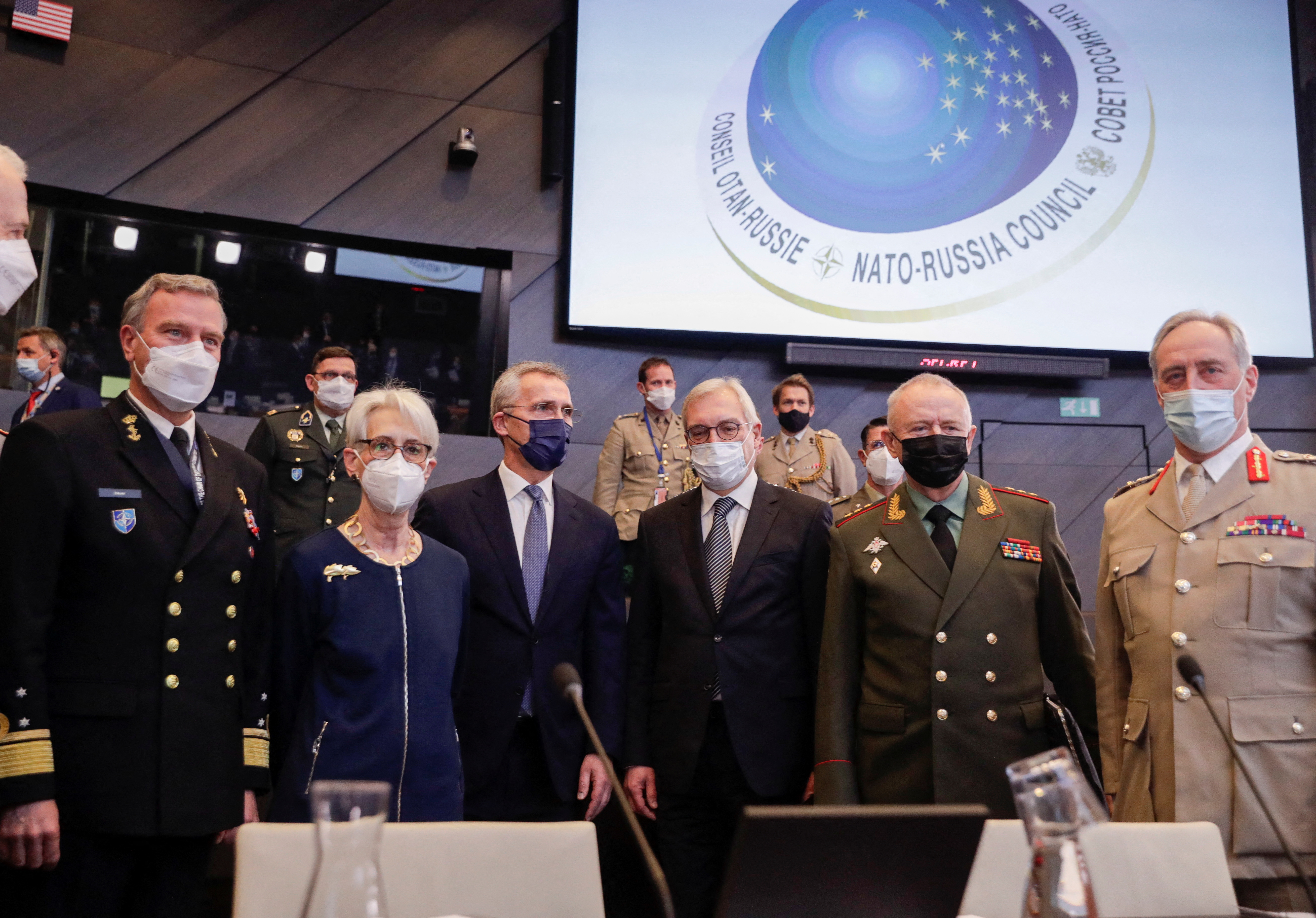
What’s next?
- In the next few days and weeks, it’s important to keep an eye on how these negotiations between the United States and Russia go.
- The big thing that could happen is that Russia could invade Ukraine. This is especially significant after Western intelligence services and Ukraine have said that a Russian invasion could happen sometime in early 2022.
- The alternative is that Russia could come to an agreement with the US and the West.
- Some experts have voiced the fear that current negotiations between the US and Russia are a pretext for Russia to be dissatisfied with any possible offer, prompting them to invade.
- But according to Slunkin, Putin himself might not even know what’s going to happen next.
- “I don’t think that [Putin] already has the decision whether he’s going to attack Ukraine or not. I think it depends on how successful those negotiations would be with the US and with NATO.”
You drive the stories at TMS. DM us which headline you want us to explain, or email us.




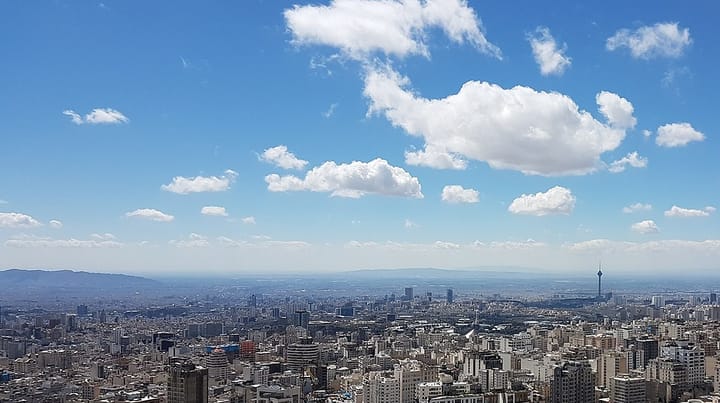
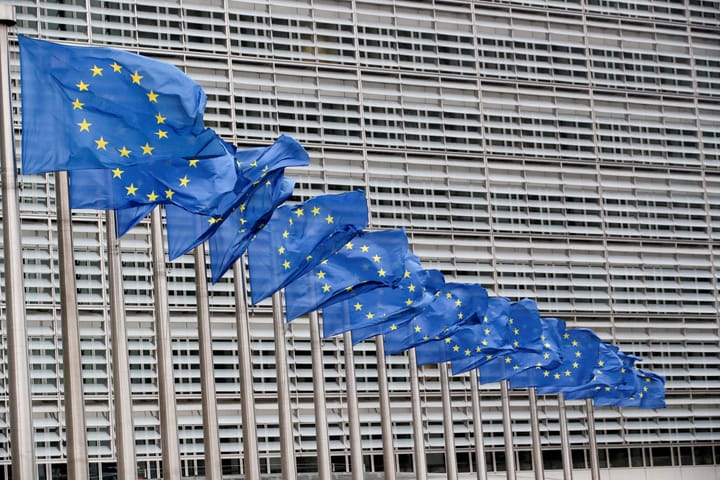
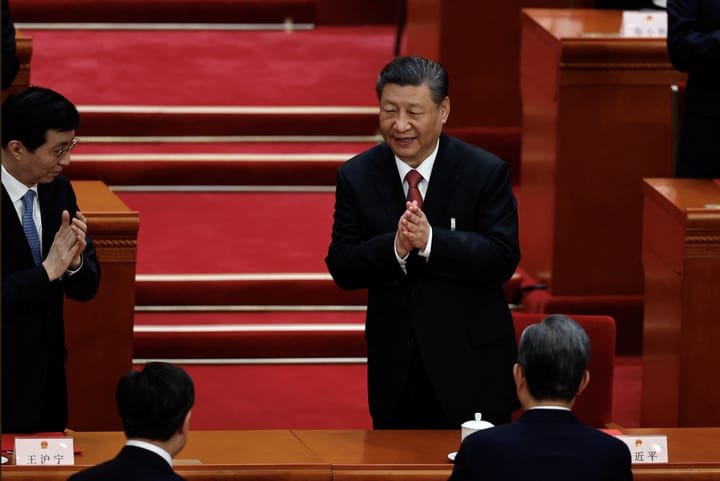
Comments ()